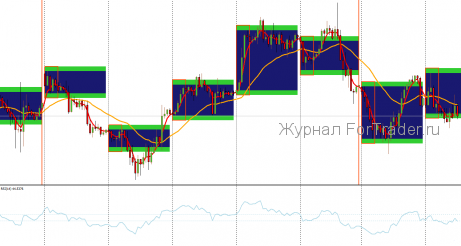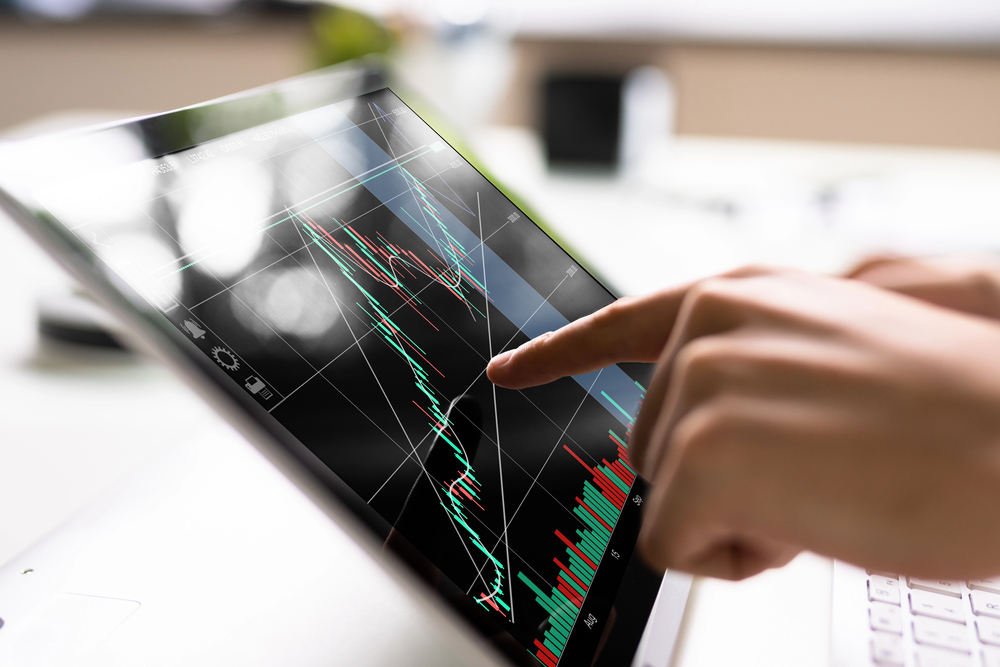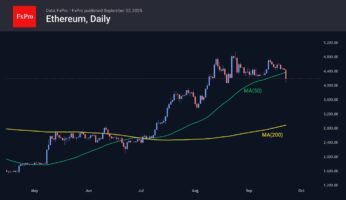If you are just starting to get interested in currency trading, one of the first concepts you will encounter is the demo account. This is one of the safest and most logical ways to understand how the Forex market works, without risking your own money. A demo account is like a driving simulator before hitting the real road: you use all the real mechanisms, but without any consequences if something goes wrong.
For beginners, a demo account is the perfect opportunity to understand the principles of trading, get familiar with terminals like MetaTrader 4 or 5, and learn how to open trades, set stop-losses, and take-profits. Experienced traders also regularly use demo accounts to test strategies, experiment with indicators, or adapt to a new broker.

Contents
- What is a demo account in Forex
- Limitations and drawbacks of a demo account
- When to switch from demo to a real account
- Practical tips for working with a demo account
What is a demo account in Forex
Demo account is a training or virtual account that is provided free of charge to clients by brokerage companies. It simulates real trading conditions: quotes, charts, tools—all in real time, with one exception: you trade not with real money, but with “virtual” funds.
The purpose of using a demo account for a beginner trader is to acquire the necessary skills in using the trading terminal and to understand general trading issues—how exchanges work, the direction of movement, opening and managing trades, testing your abilities, finding a trading strategy, and more.
That is, if you open a trade for $1,000, these are not real funds, and you lose nothing even if the trade closes at a loss. This allows you to learn in a realistic environment without the fear of losing money. Brokers often provide such accounts for free, and you can replenish your demo account with “virtual” funds at any time. The virtual amount credited to a demo account depends on the specific company. Sometimes the account validity is limited to a month or another period.
Limitations and drawbacks of a demo account
Despite its obvious benefits, a demo account is still a simulation. Its main limitation is the absence of real psychological pressure: when trading with virtual funds, you can calmly hold a drawdown of $500, but on a real account, such fluctuations cause stress.
Also, demo terminals may not have slippage, delays, or real commissions. This can create a false impression that you are ready for the real market, although this is not entirely true.
In addition, demo accounts sometimes have time or volume limitations (depending on the broker), so they should still be treated as a temporary tool.
When to switch from demo to a real account
Sooner or later, every trader faces the question: am I ready for real trading? The answer is not always obvious, but there are several signs that indicate you have outgrown the demo account. One of the main ones is stability. If you show a positive result for at least several weeks, while following money management rules and avoiding impulsive actions, this is a signal that you are ready for the next stage.
It is important not just to close trades in profit, but to trade consciously: have a strategy, limit losses, and record results in a trading journal. This approach is already close to real trading. But keep in mind: even if everything goes perfectly on demo, real trading will bring emotions you haven’t experienced before—nervousness, fear, excitement. This is normal.
Therefore, when switching to real trading, start with minimal amounts. Many brokers allow opening accounts from $10–$50 and trading micro-lots. This is the best way to adapt smoothly, without losing discipline or risking your budget.
Practical tips for working with a demo account
To make the demo account truly help you prepare for real trading, it is important to use it correctly. The main mistake most beginners make is treating the demo as a toy: opening trades for millions, placing huge lots, and not monitoring risks. This approach forms bad habits that are then transferred to real trading—and lead to quick losses.
Try to trade on demo as if it were your real account. If you plan to invest $200 in the future, set up your virtual deposit accordingly. Use the same trading volumes, the same strategy, and the same risk limits. Only in this case will you actually train the behavior that will be useful in real trading.
Another useful technique is to keep a trader’s journal. After each trade, record the reason for entry, strategy settings, result, and conclusion. This will help you analyze your actions and identify mistakes. Over time, you will learn to see patterns and make decisions consciously, not emotionally.










